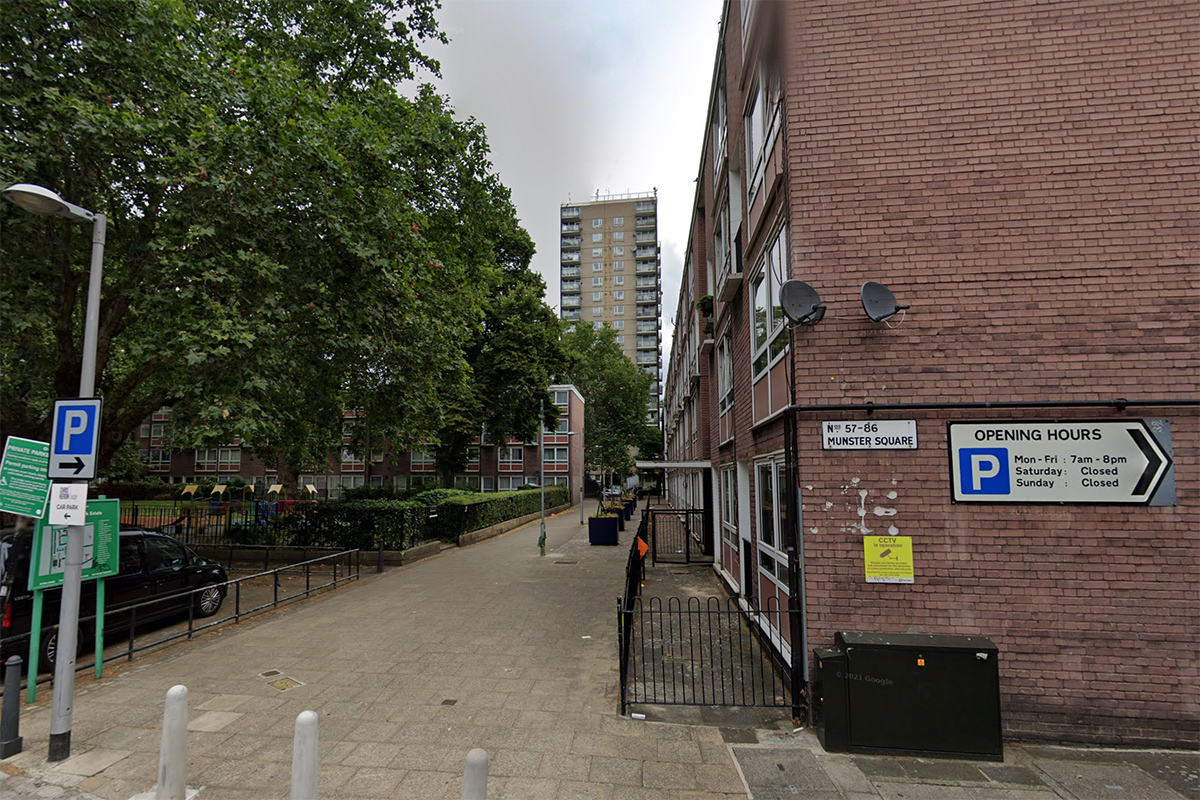You are viewing 1 of your 1 free articles
60% of social landlords to carry out single annual survey for new satisfaction audit
Around 60% of social landlords intend to carry out a one-off annual regulatory survey for the new tenant satisfaction measures (TSMs), according to data from Housemark.
Of the 256 landlords surveyed by the data firm, 20% said they intend to run a monthly tracker survey and around 20% intend to run a quarterly tracker survey.
The remainder will carry out the survey – the key backbone of the new consumer regulation regime – just once annually.
Social landlords are required to gather the TSMs this year, and report them to the regulator from next April. Carrying out a single survey could reduce the reliability of the results, which will be used by the regulator to focus its efforts as it steps up its oversight of the services social landlords provide to tenants.
Larger landlords are much more likely to opt for tracker surveys – surveys carried out throughout the year – compared to smaller ones.
The same is true for ALMOs when compared to councils. Currently 52% of ALMOs gain their data on resident satisfaction with tracker surveys, but this number is expected to rise dramatically under the new TSM regime.
As part of its new powers and focus on consumer regulation, the English regulator created 22 TSMs, which were finalised and published in September.
TSMs should be collected through tenant perception surveys and landlord data and cover five main themes: repairs, building safety, effective complaint-handling, respectful and helpful tenant engagement, and responsible neighbourhood management.
In January, Inside Housing published Housemark data on initial perception studies carried out ahead of April, which revealed that overall tenant satisfaction has dropped by five percentage points to 79% since 2020.
Although 60% of landlords overall told Housemark they intend to do one-off annual surveys under the new regimes, its data on how often landlords currently survey residents shows that 60% of large landlords with more than 15,000 homes do tracker surveys.
Only 20% of landlords with fewer than 5,000 homes do tracker surveys, while 45% of those with between 5,000 and 15,000 homes do.
With regard to organisation type, 49% of housing associations, 52% of ALMOs, and 19% of councils do tracker surveys.
Jonathan Cox, director of data at Housemark, said: “There are advantages to carrying out your TSM survey as a tracker survey. Most notably, you can report on satisfaction scores over time and take more timely action to address issues. It also gives larger landlords the opportunity to ensure representativeness through sampling.
“However, carrying out a tracker survey does require additional resource to plan and analyse the data – and can provide challenges for smaller landlords around communication, accessibility and sampling.”
Sign up for our regulation and legal newsletter
Already have an account? Click here to manage your newsletters











